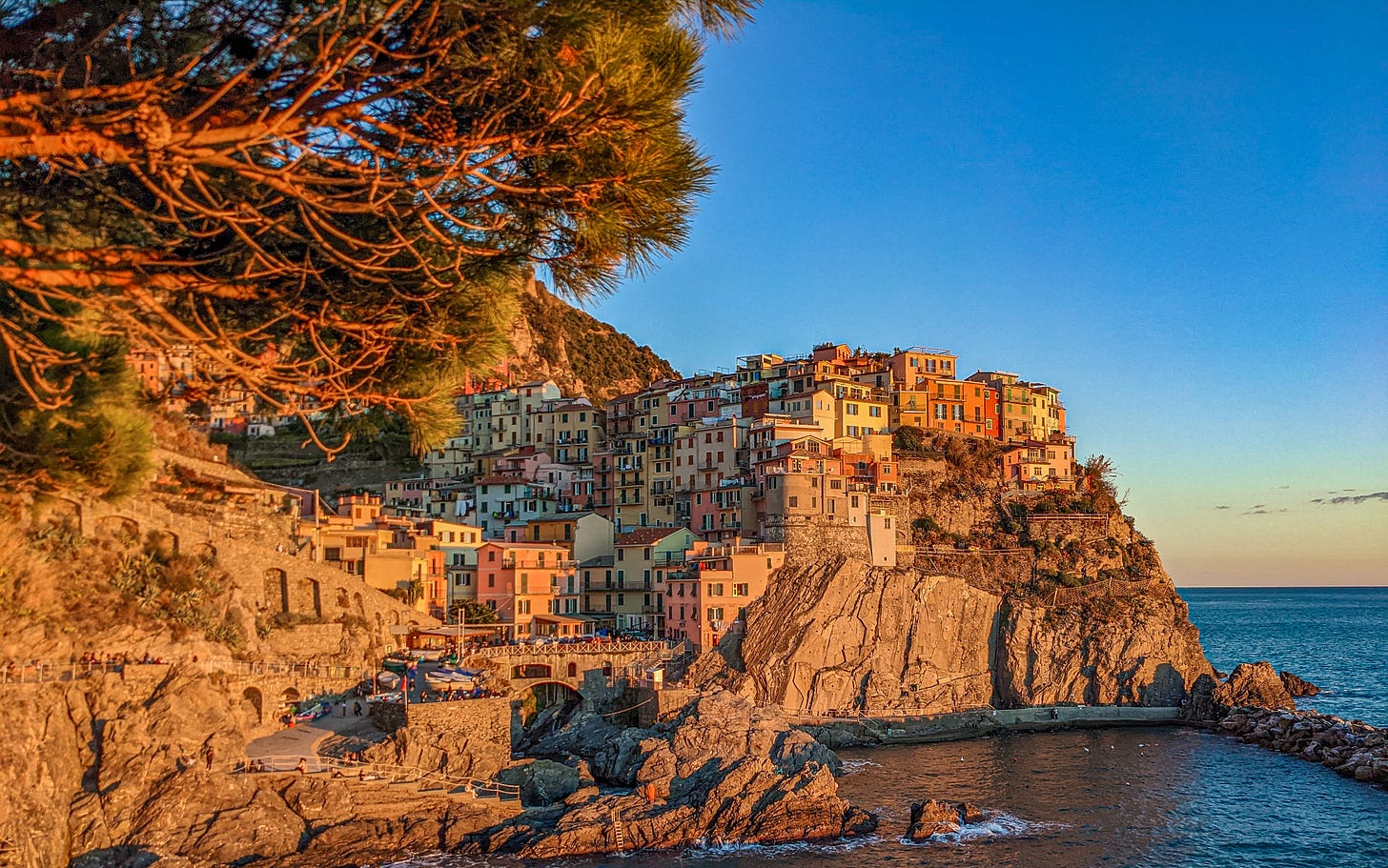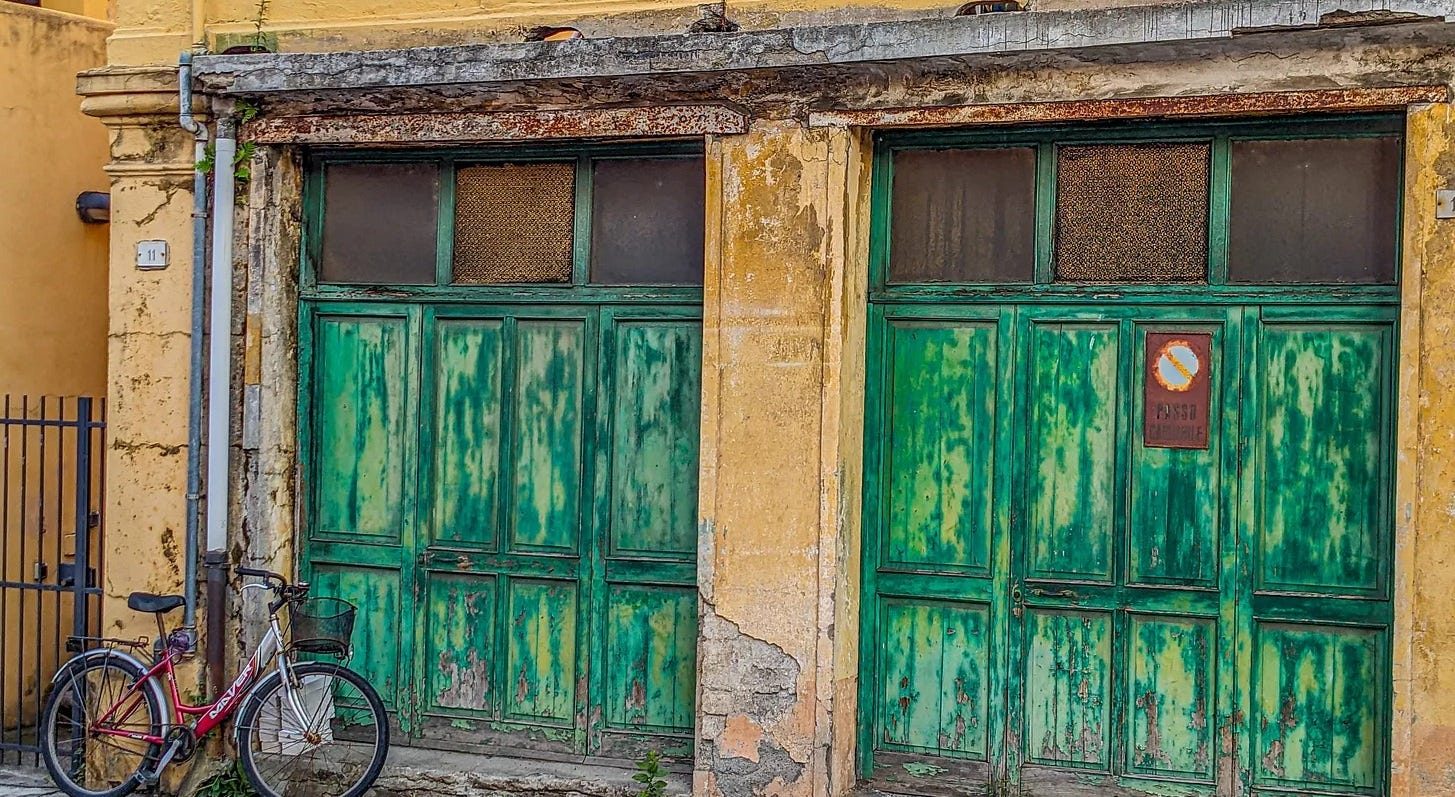Overtourism is Bad. But Tourism Helped Save Italy's Cinque Terre.
Not everything about tourism is terrible.
Lots of people say that overtourism has ruined Italy’s Cinque Terre — that famous chain of five charming little villages along the Italian Riviera.
And the area definitely gets a ton of tourists. We just spent the month of October exploring the Cinque Terre in what is supposed to be the shoulder season. And more than once, Brent and I looked at the crowds and said to each other, “What the hell must this place be like in July?”
By all accounts, it’s awful, especially when the cruise ships land in nearby La Spezia. The Cinque Terre now sees 2.5 million tourists a year. Disneyland, one of the most popular tourist destinations in the world, gets 8.5 million annual visitors, but that’s a huge amusement park, not a series of tiny villages clinging to a rocky coastline.
A lot of people complain about the crowds, saying that tourism has ruined the Cinque Terre. There’s an idea that without tourism, the Cinque Terre would be just as vibrant and beautiful, except with many fewer people.
And that’s almost certainly not true.
The truth is, before the arrival of tourism, the Cinque Terre was in pretty bad shape.
Life in this corner of the world has never been easy.
The area has been occupied since the Bronze Age, but after the fall of Rome, pirates terrorized the waters off-shore, and the locals retreated up into the rocky mountains. Thanks to those pirates, the residents didn’t even dare to harvest much seafood.
By the 10th century, the military might of nearby Genoa had begun to tame the pirates, and the people finally felt safe enough to settle down along the water’s edge. This is when the villages of the Cinque Terre first arose.
Keep reading with a 7-day free trial
Subscribe to Brent and Michael Are Going Places to keep reading this post and get 7 days of free access to the full post archives.



